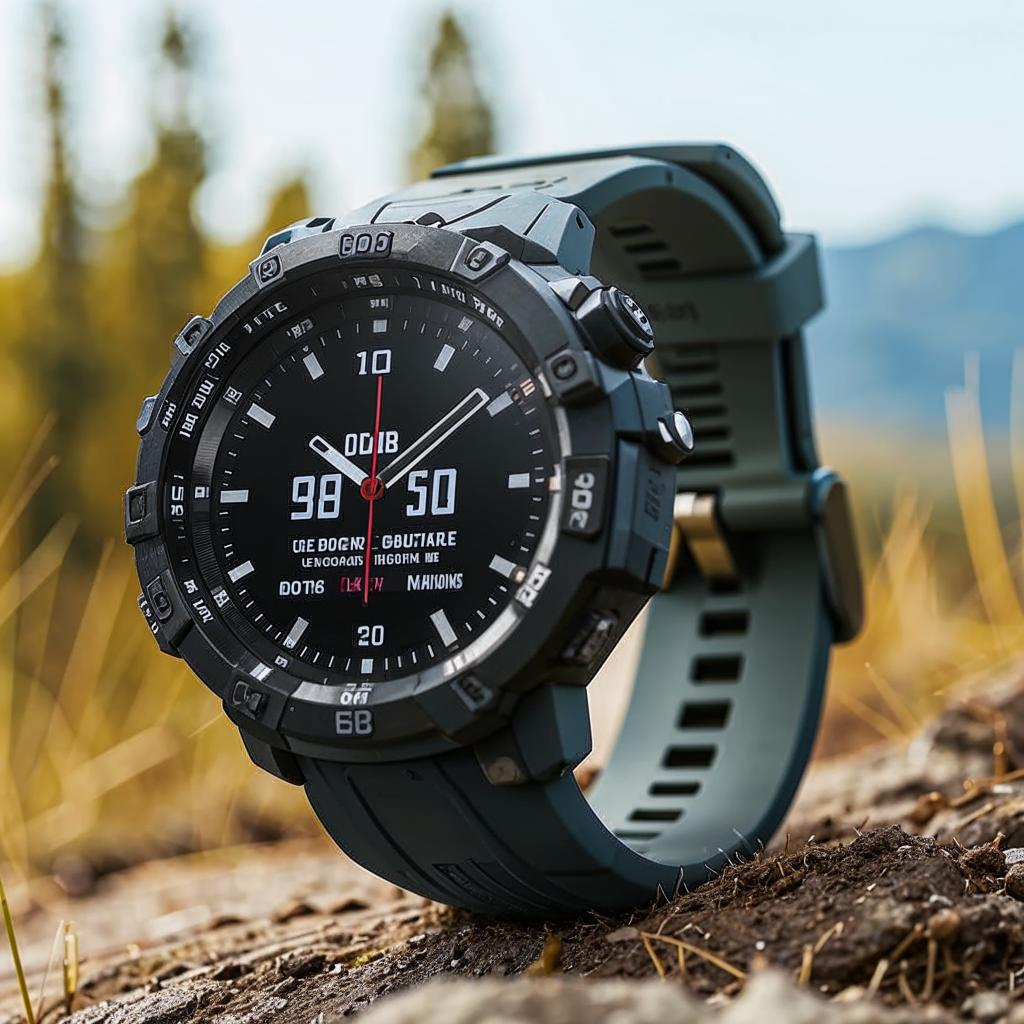Short-form video is rapidly transforming the marketing landscape, and is becoming an integral strategy for reaching modern consumers. Platforms like TikTok, Instagram Reels, and YouTube Shorts have normalized this format, leading to a surge in its popularity and influence.
The brevity of these videos, typically ranging from a few seconds to a minute, caters to shrinking attention spans in the digital age. This makes it easier for brands to capture immediate attention and deliver concise, impactful messages. Businesses are utilizing short-form video for everything from product demonstrations and behind-the-scenes glimpses to engaging storytelling and interactive challenges.
The rise of user-generated content (UGC) also fuels this trend. Customers are increasingly creating and sharing videos about their experiences with brands, providing authentic testimonials that resonate with other potential buyers. This grassroots approach to marketing fosters trust and credibility, something that can be difficult to achieve through traditional advertising.
Moreover, the data-driven nature of these platforms allows for precise targeting and performance tracking. Marketers can analyze metrics such as views, engagement rates, and conversions to optimize their campaigns and maximize ROI. This level of measurability is a significant advantage over traditional marketing channels.
However, creating successful short-form video content requires a different approach than traditional video marketing. It emphasizes creativity, authenticity, and a deep understanding of the target audience. Brands must embrace a “mobile-first” mindset and focus on delivering value within the limited timeframe.
The future of marketing is undeniably intertwined with the continued growth of short-form video. Brands that adapt and embrace this trend will be best positioned to connect with consumers and achieve their marketing objectives.











